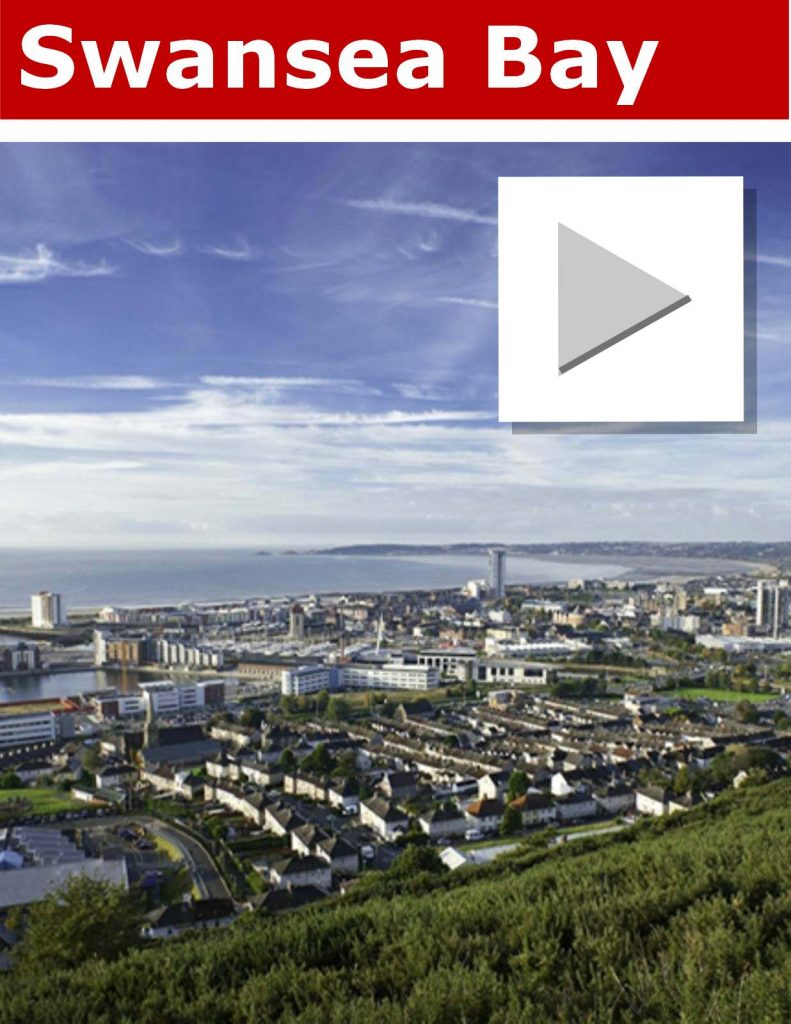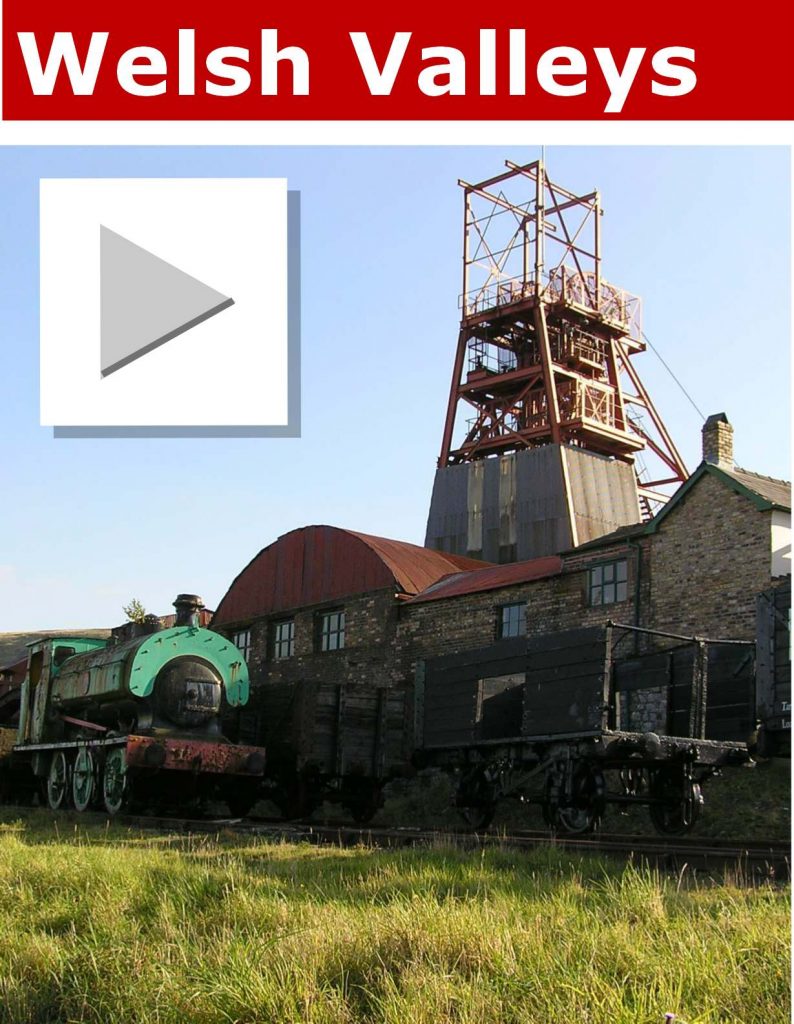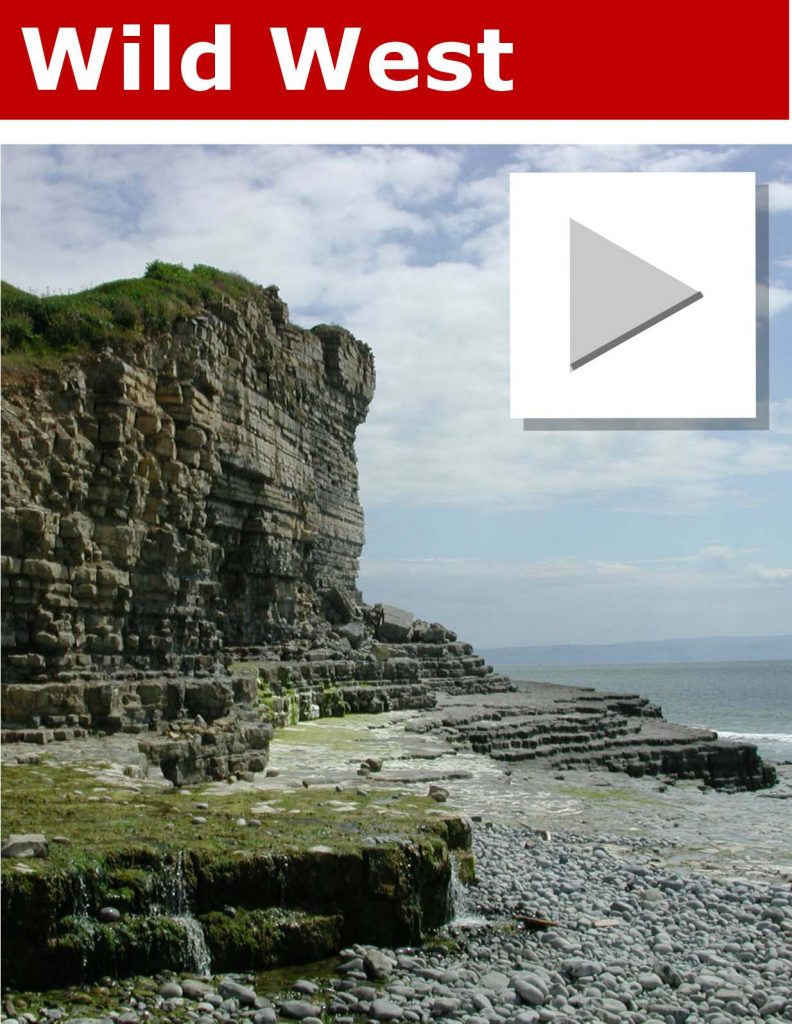Original Stonehenge was dismantled in Wales and moved to Wiltshire, archaeologists believe

Stonehenge began life as an impressive Welsh tomb which was dismantled and shipped to Wiltshire, archaeologists now suspect.
Experts have known for some time that the smaller bluestones of the 5000-year-old Neolithic monument were brought 140 miles from the Preseli Mountains in Wales.
The source of the Stonehenge stones was first determined in the early 1920s by H.H. Thomas, an officer with the Geological Survey of England and Wales.
He determined that the so-called ‘spotted dolerites’ matched a small number of outcrops in the Mynydd Preseli district in south-west Wales.
But the question has always been why? Why would the English settlers bother to make a lengthy pilgrimage for Welsh stone when they had perfectly good local sandstone quarries nearby – from which they would later cut the imposing ‘sarsen’ stones for Stonehenge.
The answer is that the stones were probably brought by the Welsh themselves, when they decided to relocate to the area, and did not want to leave their ancestors behind.
Professor Mike Parker Pearson at the Institute of Archaeology at University College London believes that Stonehenge began life as a Welsh monument to the dead. https://www.visitwales.com
“The Welsh connection isn’t just about stones it’s likely to be a long term movement from west to east at this particular time,” Prof Parker Pearson told the Hay Festival.
“Why dismantle an original monument? We’re wondering if it actually might have been a tomb with a surrounding stone circle which they dismantled. If that were the case they were basically carting the physical embodiment of their ancestors to re-establish somewhere else.
“Their idea of packing their luggage was rather more deep and meaningful than our own. They are actually moving their heritage, and these stones represent the ancestors. They are actually bringing their ancestors with them.
“The more we find out about Neolithic society, their culture and religion, it is focussed on the ancestral dead. If you build in stone for the dead, that is a society that is worshiping its ancestors.”

Archaeologists at UCL and the University of Leicester recently found the actual quarries that produced the stones. The spotted dolerite bluestones came from the outcrop of Carb Goedog while Craig Rhos-y-felin, produced the rhyolite bluestones.
The special formation of the rock, which forms natural pillars, allowed the prehistoric quarry workers to detach each stone with minimum effort.
They only had to insert wooden wedges into a crack and let the Welsh rain swell the wood and crack the stone, to allow each pillar to be eased away from the rock face.
It has even been possibly to work out which stones were cut from which part of the quarries by analysing the cut marks.
https://www.visitwales.com/explore/west-wales/pembrokeshire
The team at UCL has also been studying half a million bone fragments found at Stonehenge and discovered that one fifth of them came from people who lived in the west of Britain, possibly in Wales. Some of them may even belong to the hallowed ancestors which were brought to be reinterred at Stonehenge.
“Where are the dead? The simple answer is Stonehenge, because what we hadn’t realised was that Stonehenge is the largest cemetery of the entire 3rd millennium BC in Britain,” added Prof Parker Pearson.
“Most of those remains are cremated. Just burnt fragments. There were several hundred people buried.
“Who were they, where did they come from? Latest scientific results not yet published tell us that we are looking at people being cremated on pyres made from different kinds of material.
“In other words almost certainly not all from Salisbury Plain. They are arriving from Stonehenge already cremated and we know from our own excavations that they were deposited in organic containers, which were probably leather bags.
“It’s very possible that among the cremated remains, those could actually be some of the dead themselves that were brought with them.”

https://www.bluestonewales.com/
There is no evidence to show why the Welsh moved to Wiltshire. It doesn’t seem as if they were driven by climate change, warfare or catastrophe. Prof Parker Pearson believes that Stonehenge was built to unite warring tribes.
Archaeological evidence of warfare and ‘grisly killing,’ seems to disappear after the monument was built.
The team at UCL believes that the original Welsh tomb must be located somewhere between the two quarry and is launching a dig this summer to try and locate the site.
“We might have an answer by September,” Prof Parker Pearson added. http://www.visitpembrokeshire.com/UKBreaks
Join us at Tours of Wales and discover where the original stones for stonehenge were mined. http://www.fly2wales.co.uk




